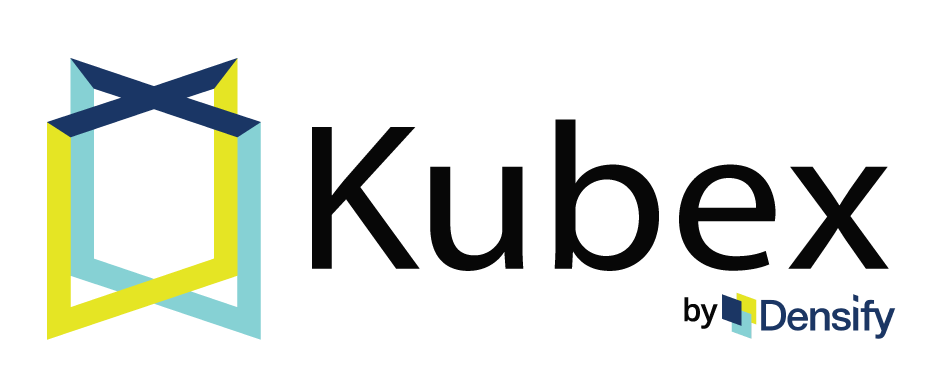⛔ [DEPRECATED] Please see Kubex automation controller helm chart

This repository is deprecated as of July 7th, 2025. Please refer to the Kubex automation controller helm chart.
This project enables Kubernetes users to automate pod resource configuration using Densify’s optimization engine via a Mutating Admission Controller.
- Densify Container Automation - Mutating Admission Controller
Automates the optimization of Kubernetes Pods based on Densify’s recommendations, ensuring resources are effectively allocated for better performance and cost efficiency.
For initial configuration, you need to review and update the following YAML files:
-
densify-configmap.yaml: Provide your Densify URL and Kubernetes Cluster name. -
densify-api-secret.yaml: Provide your Densify base64-encoded username and password. To do this run:echo -n "<my_user>" | base64 echo -n "<my_password>" | base64
-
densify-automation-policy.yaml:- Define or refine automation policies — e.g., specify which resource values (CPU/Memory requests/limits) should be automated.
- Set the default policy — applied when a webhook does not explicitly reference a specific policy.
- Enable or disable automation cluster-wide — acts as a global switch to turn on/off all mutations by the controller.
- Control whether automation can be remotely enabled/disabled via the Densify UI — adds a second layer of dynamic control over policy activation.
-
densify-mutating-webhook-config.yaml:- Define which pods are candidates for mutation — using
namespaceSelectorandobjectSelector, specify which workloads should be mutated and which policy route (/mutate/<policyName>) to apply.
- Define which pods are candidates for mutation — using
kubectl create namespace densify-automationTo persist recommendation state and automation outputs, the Mutating Admission Controller requires a Persistent Volume Claim (PVC) with ReadWriteOnce access.
If deploying a single replica, no additional configuration is needed — most cluster default StorageClasses will work.
If deploying multiple replicas for high availability, you must ensure your PVC uses a backend that supports ReadWriteMany, such as Azure Files, EFS, or NFS.
You can use the provided example at: deployment/base/densify-recommendations-pvc.yaml
For detailed guidance, refer to: Persistent Volume Claim Requirements
Option 1. Use CertManager Certificate Generation and Management
Option 2. Generate Certificates Manually
Option 3. Bring Your Own Certificates (BYOC)
./deploy-kubex-automation.shkubectl get pod -n densify-automationIf your Kubernetes cluster uses Argo CD, and you are enabling automated mutations via the Densify Mutating Admission Controller, you should configure Argo CD to ignore resource-related changes made by the controller.
This prevents:
-
Applications from showing OutOfSync status unnecessarily.
-
Infinite reconciliation loops when the Self-Heal flag is enabled.
Update the argocd-cm ConfigMap to ignore differences in container resource requests and limits for common workload types:
data:
resource.customizations: |
apps/Deployment:
ignoreDifferences: |
jqPathExpressions:
- .spec.template.spec.containers[].resources.requests
- .spec.template.spec.containers[].resources.limits
apps/StatefulSet:
ignoreDifferences: |
jqPathExpressions:
- .spec.template.spec.containers[].resources.requests
- .spec.template.spec.containers[].resources.limits
apps/DaemonSet:
ignoreDifferences: |
jqPathExpressions:
- .spec.template.spec.containers[].resources.requests
- .spec.template.spec.containers[].resources.limits
argoproj.io/Rollout:
ignoreDifferences: |
jqPathExpressions:
- .spec.template.spec.containers[].resources.requests
- .spec.template.spec.containers[].resources.limits-
Edit the ConfigMap:
kubectl edit configmap argocd-cm -n argocd
-
Add or merge the
resource.customizationsblock underdata. -
Restart the Argo CD application controller:
kubectl rollout restart deployment argocd-application-controller -n argocd
Once applied, Argo CD will ignore the mutations made by Densify and eliminate unnecessary sync errors and loops.
For more guidance on troubleshooting the mutating admission controller, please refer to our Troubleshooting Guide
